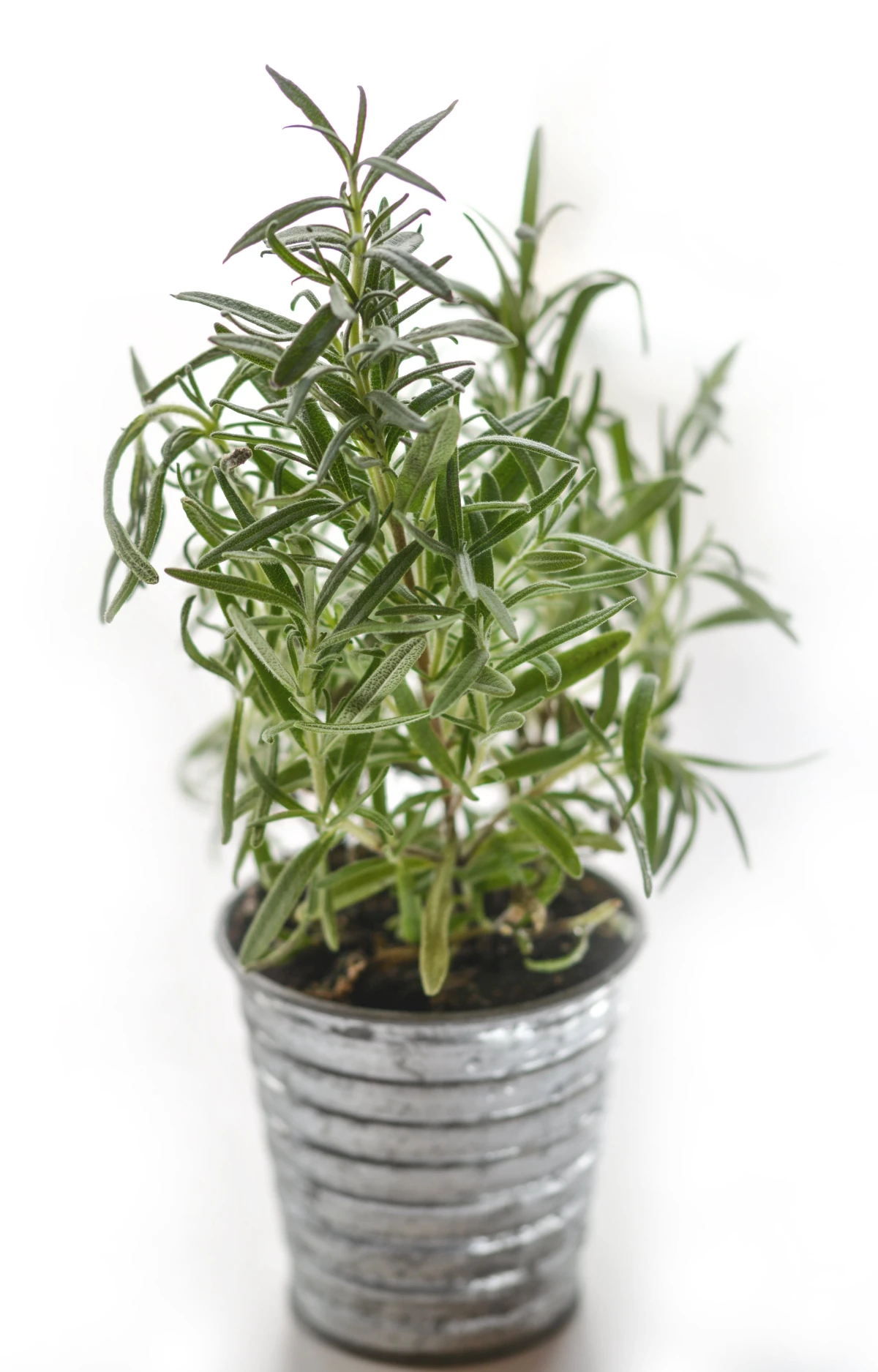Beat The Cold! Here Is How To Easily Winterize Rosemary
As the last leaves fall and the air turns crisp, it’s not just our wardrobe that needs a seasonal switch-up, our gardens call for a change too! Especially our fragrant friend, rosemary. This hardy herb is a favorite in both culinary and aromatic circles. However, it requires special attention as winter looms. But fear not, green thumbs and cooking enthusiasts! Ensuring your rosemary survives the winter is easier than you may think. Today, we will show you how to winterize rosemary like a pro to ensure it survives and thrives! So, as you sip on your hot cocoa and watch […]

As the last leaves fall and the air turns crisp, it’s not just our wardrobe that needs a seasonal switch-up, our gardens call for a change too! Especially our fragrant friend, rosemary. This hardy herb is a favorite in both culinary and aromatic circles. However, it requires special attention as winter looms. But fear not, green thumbs and cooking enthusiasts! Ensuring your rosemary survives the winter is easier than you may think. Today, we will show you how to winterize rosemary like a pro to ensure it survives and thrives! So, as you sip on your hot cocoa and watch the snowflakes dance, you can rest easy knowing your rosemary is safe and sound, dreaming of spring.
This hardy herb is a favorite in both culinary and aromatic circles

How To Winterize Rosemary
Winter’s arrival brings a unique set of challenges for every plant, however, it’s especially bothersome for Mediterranean natives like rosemary. This beloved herb is a real kitchen favorite. Rosemary thrives in warm, sunny conditions, something winter does not offer much of. Yet, don’t despair. With a touch of gardening wisdom and some well-executed strategies, you can help your rosemary not only survive but also thrive during the cooler months.
Winter’s arrival brings a unique set of challenges for every plant

Understand your zone
Knowing your USDA Hardiness Zone is crucial. In Zones 7 and above, rosemary can usually withstand the winter outdoors with some protective measures, like mulching to insulate the roots. However, in cooler zones, where frost is a more frequent visitor, additional steps are necessary to safeguard your rosemary. Assessing your specific climate conditions will guide your winterization strategy, ensuring that your rosemary gets the right level of care.
Knowing your USDA Hardiness Zone is crucial

Pot or not?
For rosemary in colder climates, transitioning from ground to pot is a wise move. This allows for mobility, enabling you to bring the plant indoors when frost threatens. When potting, make sure you choose a container with ample room for root growth and sufficient drainage. The potting process should be done gently, ideally before the temperatures start to plummet. This way, you will minimize stress on the plant. Then you simply need a well-drained potting mix, specifically designed for Mediterranean plants, as this can provide an ideal environment for rosemary during winter.
Transitioning from ground to pot is a wise move for cooler zones

Find the perfect spot
Once indoors, finding the right spot for your rosemary is key. A south-facing window that offers six to eight hours of sunlight is ideal, mimicking the herb’s natural environment. However, beware of placing it too close to heat sources like radiators or heating vents, which can strip the air of moisture and lead to dry, brittle plants. If such a spot isn’t available, consider supplementing with grow lights to provide adequate light.
Finding the right spot for your rosemary is key

Be wise with watering
Winter watering requires a careful balance. Rosemary prefers well-drained soil and is particularly susceptible to root rot if overwatered. The rule of thumb is to let the top inch of soil dry out before watering again. Using your finger to test the soil moisture can be a simple yet effective way to gauge when it’s time to water. Remember, rosemary in winter will require less water than during its active growing season.
Rosemary prefers well-drained soil

Maintain humidity
Indoor air, often dry due to heating, can be detrimental to rosemary. To combat this, increase humidity around your plant. Placing it on a tray filled with pebbles and water can create a microenvironment of moisture, offering the humidity it craves without risking root rot. Alternatively, occasional misting can also help, but be cautious not to overdo it.
Indoor air can be detrimental to rosemary as it is dry

Pruning tips
Winter is a time for minimal growth, so light pruning is sufficient. Trimming the tips can encourage bushier growth and maintain the plant’s shape. It’s also an opportunity to harvest sprigs for culinary use, ensuring you continue to enjoy the herb’s flavor throughout the season. Pruning also allows for better air circulation around the plant, reducing the risk of fungal diseases.
Light pruning is sufficient

Pest patrol
Indoor conditions can sometimes invite unwelcome pests like aphids and spider mites. Regular inspection and prompt action are crucial. A gentle wash with mild soap and water or a neem oil solution can be effective remedies. Ensuring good air circulation and not overwatering are key preventive measures.
Indoor conditions can sometimes invite unwelcome pests

Nutritional boost
A bit of nutrition can go a long way. Early winter feeding with a balanced, water-soluble fertilizer, diluted to half strength, can provide the necessary nutrients without overwhelming the plant. Avoid over-fertilizing, as this can lead to weak, leggy growth.
A bit of nutrition can go a long way

Avoid common mistakes
Watch out for signs of distress, such as yellowing leaves or stunted growth, which can indicate poor drainage or inadequate light. Ensuring proper drainage and rotating the plant for even light exposure can mitigate these issues. Be mindful of temperature fluctuations, particularly in areas near windows or doors, which can stress the plant.
Watch out for signs of distress

Winterizing your rosemary might feel like preparing a child for their first snow day – it requires care, attention, and a little bit of love. By following these steps, you’re not just helping your rosemary survive the winter, you’re setting the stage for lush, vibrant growth when warmer days return. We hope you found this article useful. Now you can sit back, relax, and cozy up knowing your rosemary will be thriving next season.
Rosemary needs special care to prepare for the winter

